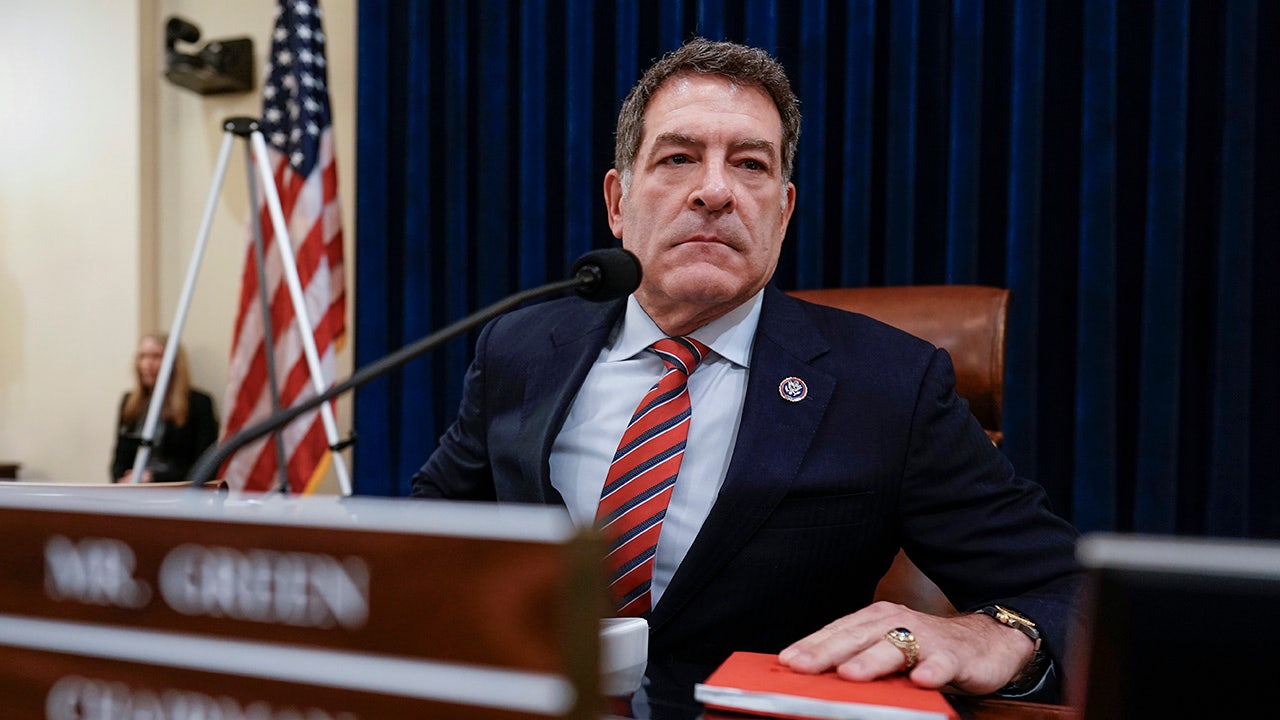World
Ex-Pakistan PM Imran Khan arbitrarily detained, says UN working group

Geneva-based UN Working Group on Arbitrary Detention says ‘appropriate remedy’ would be to release Khan ‘immediately’.
A United Nations human rights working group says former Pakistani Prime Minister Imran Khan has been arbitrarily imprisoned in violation of international law.
In an opinion issued on Monday, the Geneva-based UN Working Group on Arbitrary Detention said the “appropriate remedy would be to release Mr. Khan immediately and accord him an enforceable right to compensation and other reparations, in accordance with international law”.
“[The] working group concludes that his detention had no legal basis and appears to have been intended to disqualify him from running for political office. Thus, from the outset, that prosecution was not grounded in law and was reportedly instrumentalised for a political purpose,” the UN group said, according to a report published on Pakistan’s Dawn news website.
Since his removal as prime minister in April 2022, Khan, 71, has been entangled in more than 200 legal cases and imprisoned since August last year. He calls the cases politically motivated and orchestrated by his political enemies to keep him from power.
Last week, an Islamabad court rejected a plea to suspend the jail terms of Khan and his wife Bushra Bibi, whose marriage was ruled illegal under Islamic law.
In April this year, a Pakistani high court suspended Khan and his wife’s 14-year prison sentences in a corruption case. Khan also had another 10-year sentence for treason overturned this month.
But he remains in Adiala jail, south of the capital Islamabad, over the illegal marriage conviction.
Rana Sanaullah, an adviser to Prime Minister Shehbaz Sharif, last week said “the government will try to keep him locked up for as long as possible”, according to the AFP news agency.
Analysts say Pakistan’s powerful military, which has ruled directly for decades and wields immense power, is likely behind the slew of cases.
Khan was ousted by a parliamentary no-confidence vote after falling out with the top generals who had once backed him.
He then waged an unprecedented campaign against them and accused top army officers of conspiring in an assassination attempt in which he was shot during a political rally in November 2022. The military rejected the allegation.
Khan’s brief arrest in May 2023 sparked nationwide unrest, which in turn prompted a sweeping crackdown against his Pakistan Tehreek-e-Insaf (PTI) party and its senior leaders.
PTI candidates were forced to stand as independents in the February general elections, although candidates loyal to PTI still secured more seats than any other party.
However, they were kept from power by a broad coalition of parties considered loyal to the military.
On Friday, Pakistan’s lower house of parliament denounced a United States’ congressional resolution that called for an independent investigation into allegations that Pakistan’s elections this year were rigged.
Though Pakistan’s government expressed anger over the US resolution, Khan’s party hailed it, saying its victory in the election was converted into a defeat by the country’s election commission.

World
Sean 'Diddy' Combs back in Brooklyn jail ahead of sentencing

World
Putin rebuffs Trump in call, vows to press on with Ukraine war
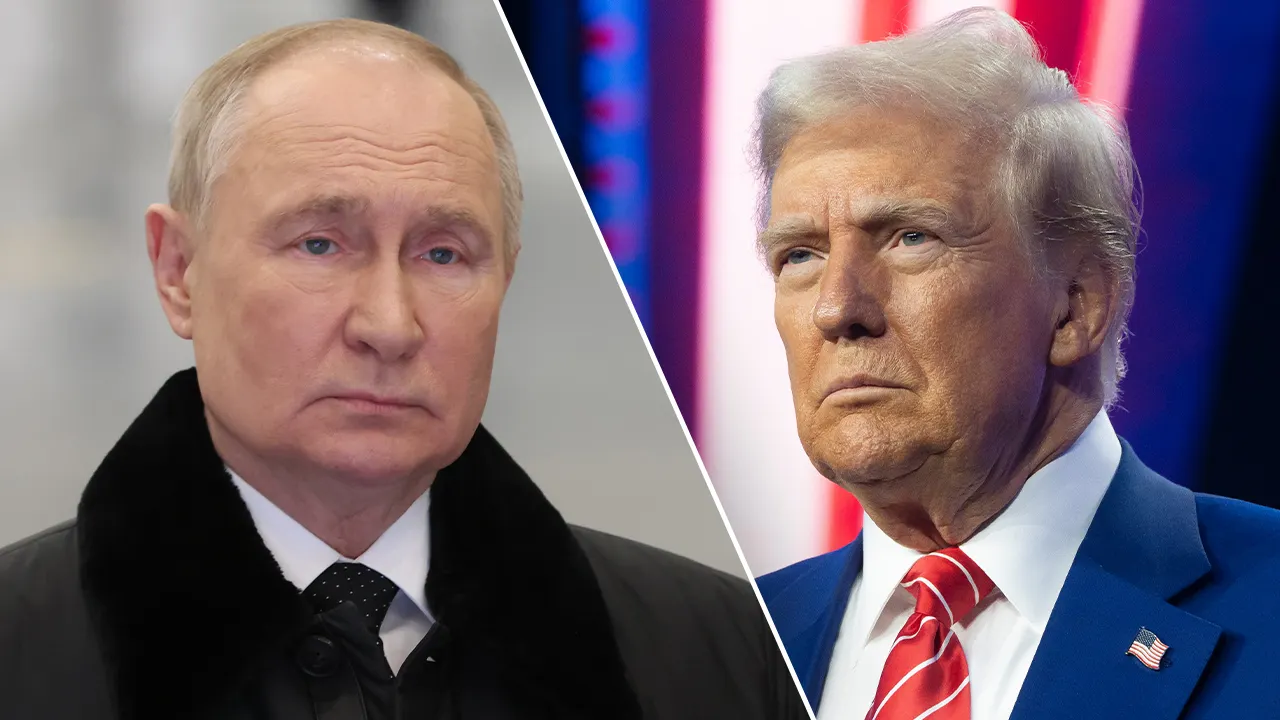
NEWYou can now listen to Fox News articles!
Russian President Vladimir Putin once again refused to end his war in Ukraine until Russia achieves its “goals” despite another direct call between the Kremlin chief and President Donald Trump.
“Vladimir Putin, for his part, noted that we continue to seek a political and negotiated solution to the conflict,” Russian diplomat Yuri Ushakov said in a readout following the call.
“Our president also said that Russia will achieve the goals it has set: that is the elimination of the well-known root causes that led to the current state of affairs, to the current acute confrontation, and Russia will not back down from these goals,” he added.
PUTIN’S ATTEMPT TO ‘PLAY TRUMP’ ON UKRAINE WILL FAIL, FORMER NATIONAL SECURITY ADVISOR SAYS
Russian President Vladimir Putin delivers his address to the nation in Moscow on Mar. 23, 2024. (Mikhail Metzel/Pool/AFP via Getty Images))
In an attempt to justify his invasion, Putin has repeatedly claimed that Ukraine posed a threat as it looked to become a NATO member, and has made clear he wants to overthrow President Volodymyr Zelenskyy and topple the government in Kyiv.
The White House did not immediately respond to Fox News Digital’s questions regarding how Trump reacted to Putin’s clear acknowledgment that he intends to continue his war effort.
The call comes two days after the U.S. said it was halting some previously pledged military arms slated for Ukraine, and which were already in Poland, over concerns relating to U.S. stockpiles.
PENTAGON’S WEAPONS PAUSE TO UKRAINE COULD ‘ENCOURAGE’ AND ‘ESCALATE’ PUTIN’S WAR AMBITIONS: SECURITY EXPERTS
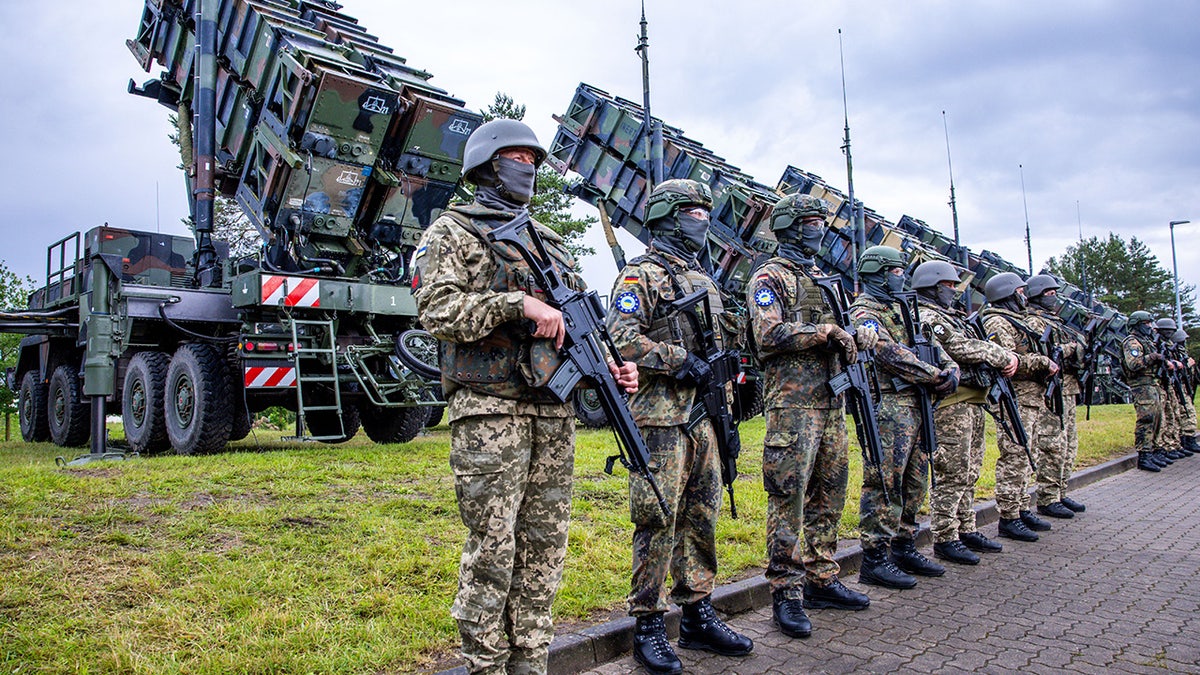
Ukrainian and German soldiers are seen training on the Patriot air defense missile system at a military training area in Germany in June 2024. (Jens Büttner/picture alliance via Getty Images)
While speaking with Fox News Digital this week, experts warned the move could embolden Putin and his war ambitions.
The readout of the call released by the Kremlin did not detail whether this move by the Trump administration was discussed.
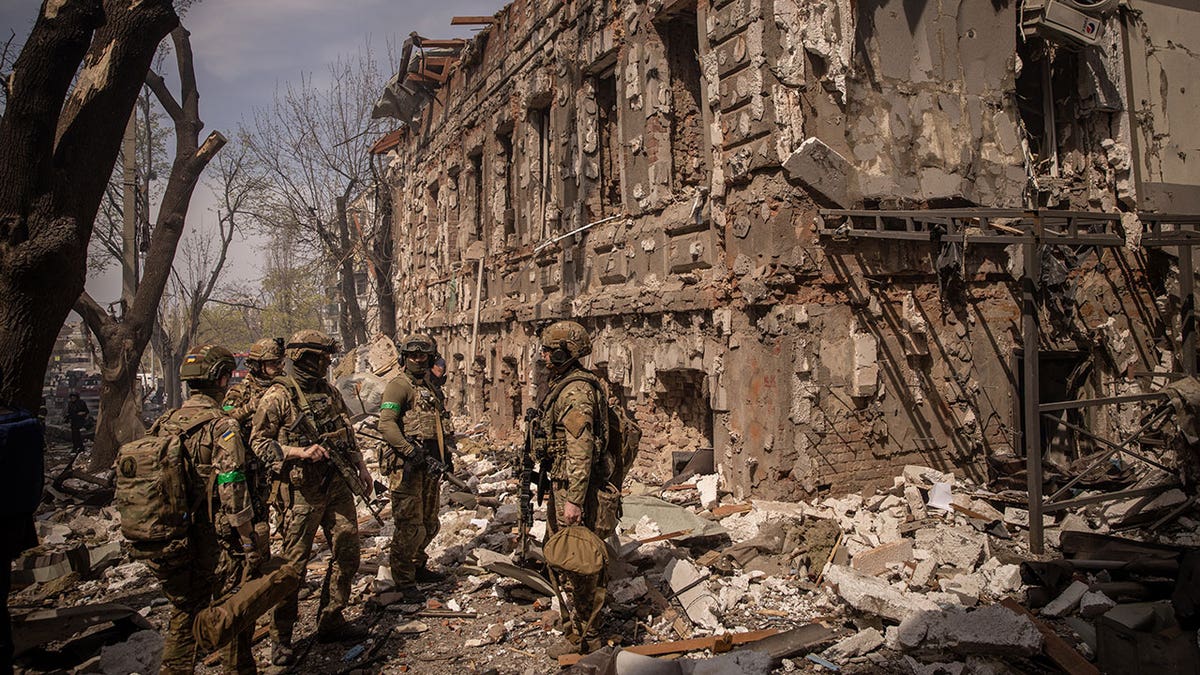
Members of the Ukrainian military walk amid debris after a shopping center and surrounding buildings were hit by a Russian missile strike on April 16, 2022 in Kharkiv, Ukraine. (Chris McGrath/Getty Images)
The pair also reportedly discussed the conflict in the Middle East, particularly as it relates to Iran and recent U.S. and Israeli strikes against Tehran’s nuclear program.
“The Russian side emphasized the importance of resolving all disputes, disagreements and conflict situations exclusively by political and diplomatic means,” the readout added.
World
Ukraine will do 'anything' to advance EU accession despite Orbán veto
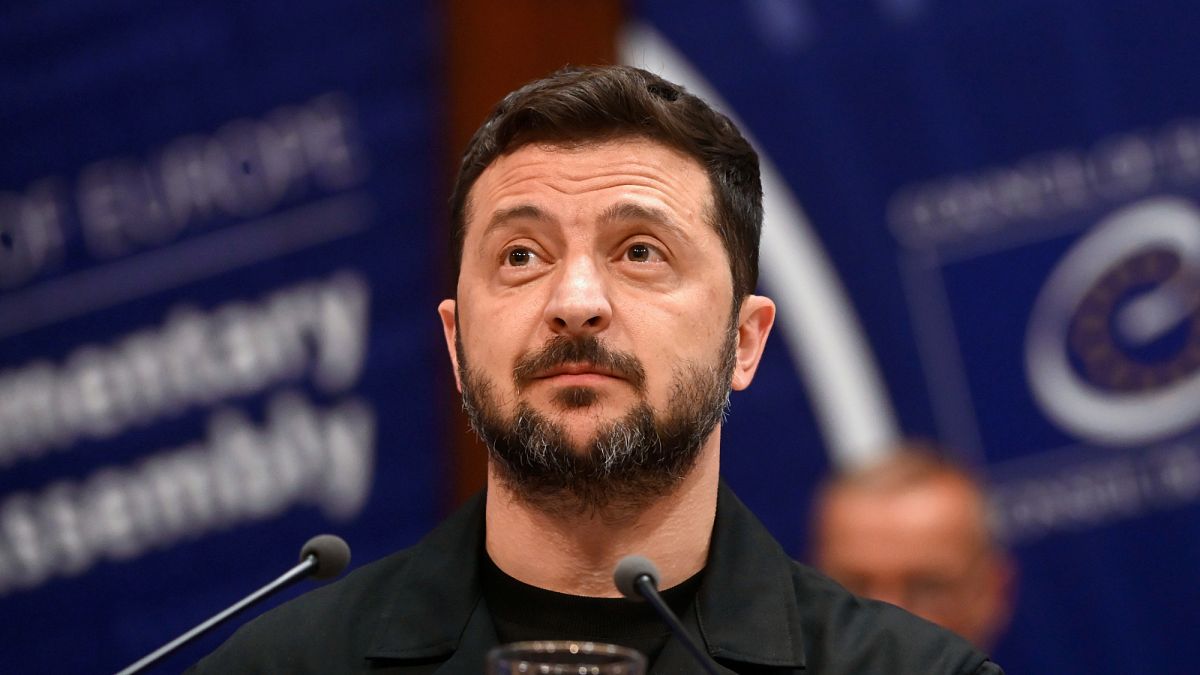
Ukrainian President Volodymyr Zelenskyy said Kyiv will do “anything” to advance EU accession talks.
“Nobody can stop Ukraine in this way. It depends on unity. From our side, we’ll do anything. We need support from all other leaders,” he said, speaking at the opening ceremony of the Danish EU Presidency in Aarhus.
Zelenskyy spoke alongside Danish Prime Minister Mette Frederiksen, President of the European Council António Costa and President of the European Commission Ursula von der Leyen.
Frederiksen vowed to support Ukraine’s accession process to join the European Union.
Denmark aims to use its presidency of the EU Council to put “maximum pressure” on Hungary to lift its veto on Ukraine’s EU membership negotiations.
“Ukraine belongs to the European family and NATO,” Frederiksen said, adding that Denmark is thinking about the “best way forward,” without sharing additional details.
It comes as Russia continues to intensify its attacks on Ukraine, and the United States decided to halt some promised air defence missiles and weapons, which it had already pledged to Ukraine.
When asked about the pause in military assistance, Zelenskyy said he will speak with US President Donald Trump soon, but did not go into further detail.
The Ukrainian President called on the EU to invest more in Kyiv’s defence industry.
Frederiksen said she hoped for continued US military support, but vouched to fill any gaps if necessary.
Speaking at an earlier press briefing alongside von der Leyen, Frederiksen emphasised a need for a change in mindset.
“When we are delivering weapons to Ukraine, instead of thinking it as donations, we have to think of it as a part of rearming ourselves,” Frederiksen said.
“Because right now it is the army in Ukraine that is protecting Europe,” she added.
Von der Leyen added that “financial possibilities are in place to directly support Ukraine,” urging member states to make use of the Security Action for Europe (SAFE), a €150 billion budget introduced at the end of May that will help support member states that with to invest in defence.
“Member states can take this money and either buy military equipment and give it to Ukraine, or they can take this money and invest it in the extremely efficient Ukrainian defence industry,” von der Leyen noted.
-

 Health1 week ago
Health1 week agoHeart attack deaths have plummeted in US, but new cardiovascular threats emerge
-

 World1 week ago
World1 week agoVietnam ends death penalty for crimes against the state, bribery, drugs
-
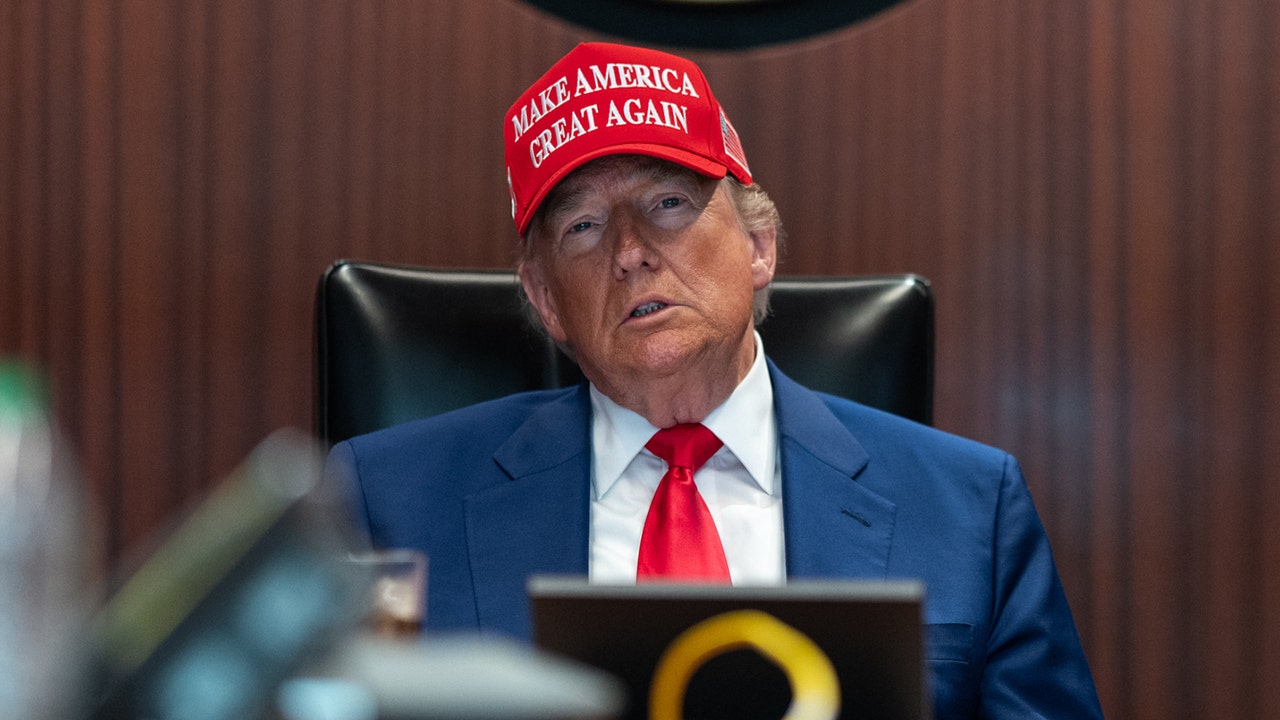
 Politics1 week ago
Politics1 week agoTrump slams Bibi over ceasefire violations, denounces cable channels over skepticism
-
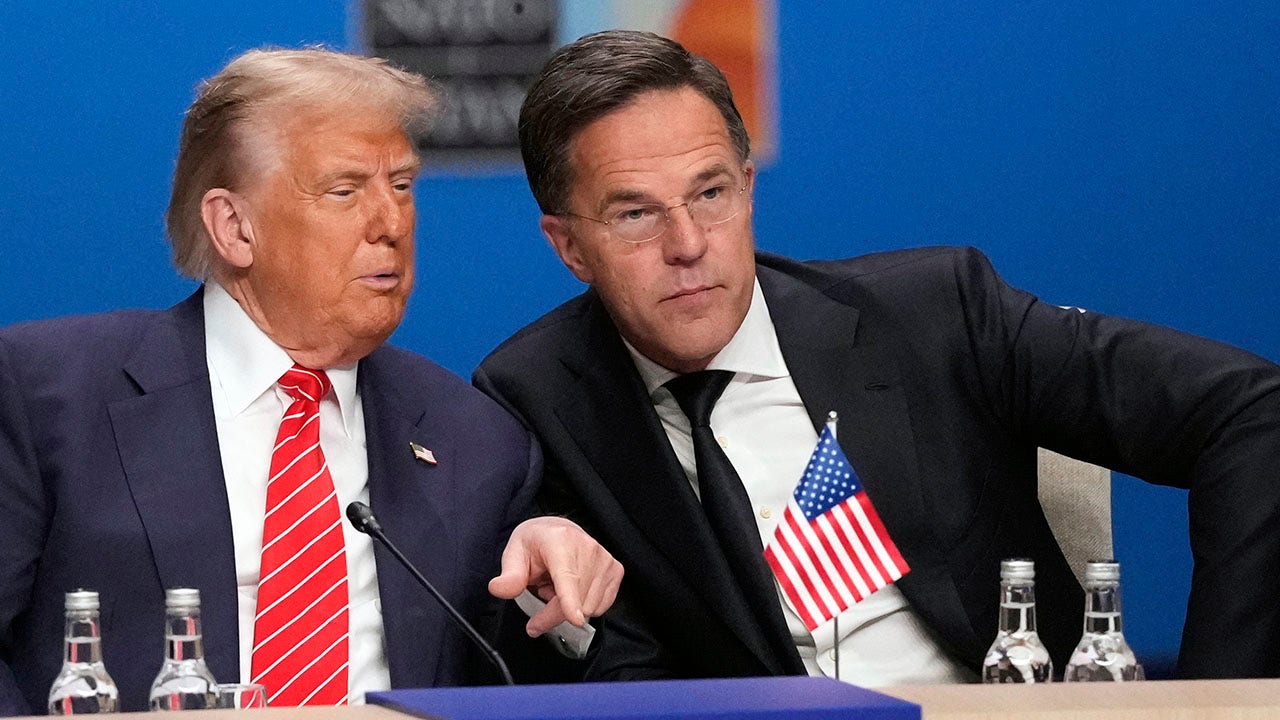
 Politics1 week ago
Politics1 week agoWhite House drops 'Daddy's Home' meme after viral NATO summit moment
-
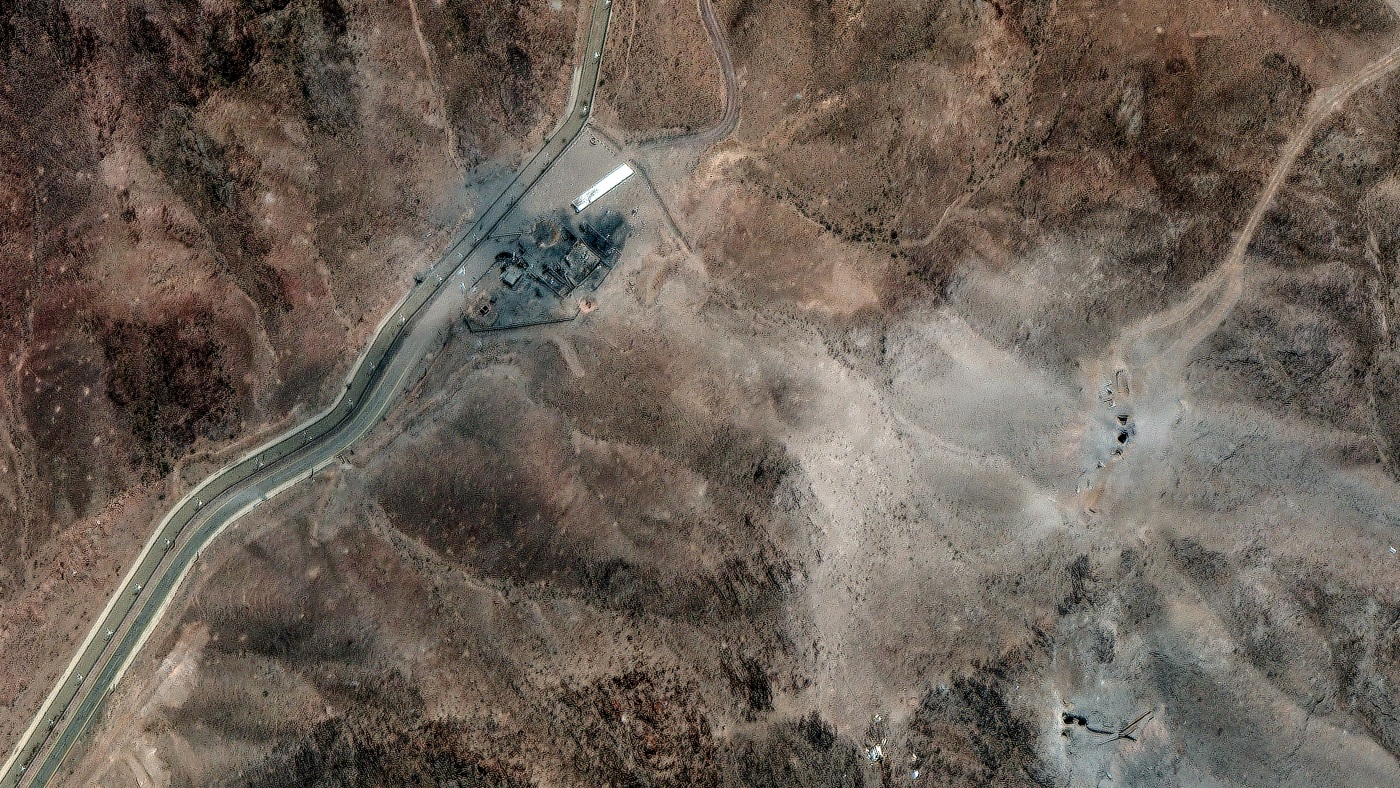
 News1 week ago
News1 week agoEarly intel assessment says Iran's nuclear program was only set back 'a few months'
-

 Health1 week ago
Health1 week agoLizzo Reveals the Diet Change That Helped Her Lose Weight Without Ozempic
-

 Business1 week ago
Business1 week agoWhy the Strait of Hormuz, A Vital Oil Route, Is Vulnerable to Israel-Iran Conflict
-
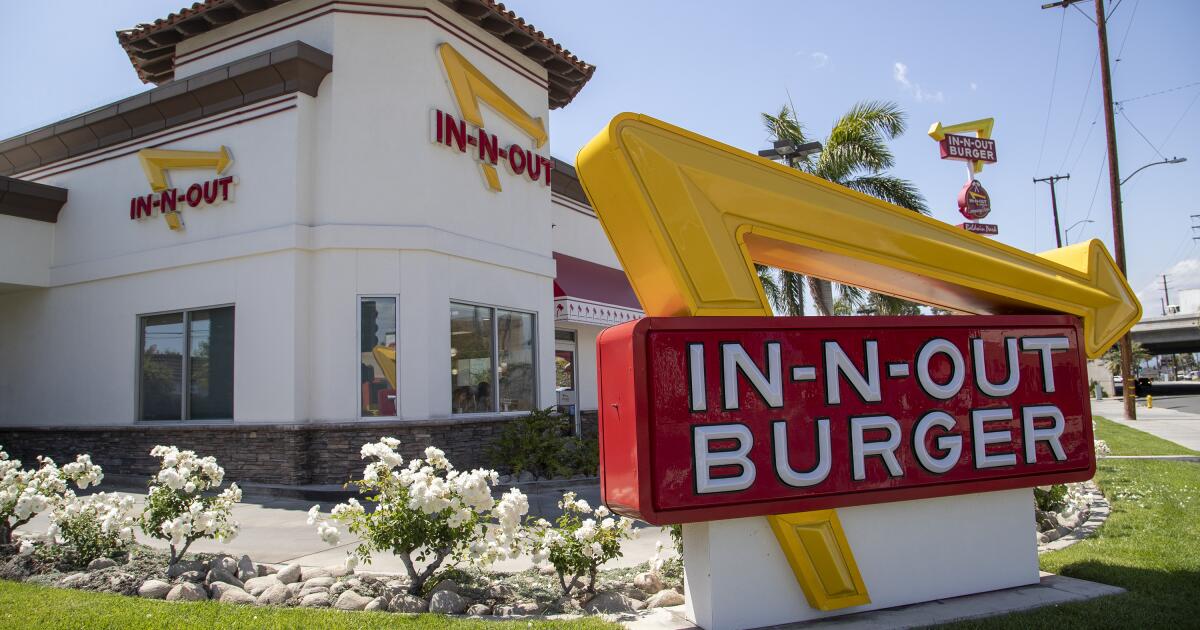
 Business1 week ago
Business1 week agoIn-N-Out sues YouTuber over fake employee prank video
















